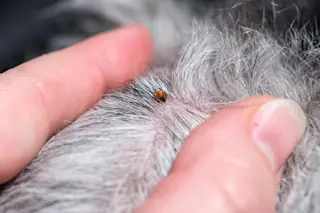DISCOVER Magazine is partnering with Instructables and SciStarter, an online citizen science community, to solve real problems facing researchers. The Citizen Science Contest is your opportunity to help millions of regular people contribute to scientific discovery. Prizes include a Celestron telescope, DISCOVER subscriptions, and time-lapse cameras! But hurry, the deadline is January 21, 2013.
jcjgphotography / Shutterstock
Challenge #1: We've Got the Bacteria, Now We Need Climate Data
Background: Wild Life of Our Homes is a research project where citizen scientists help researchers study the species that live alongside us everyday—the bacteria, fungi and viruses that make up a home's microbiome. By using a sampling kit and answering a few questions, volunteers help researchers create an atlas of microbial diversity in homes across the country.
The Problem: Project organizers would love to collect climate data in each of the 1,000 homes where volunteers are sampling microbes, to see how environmental ...















